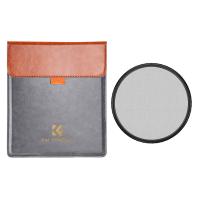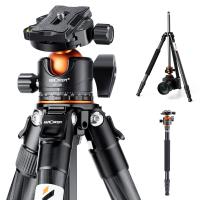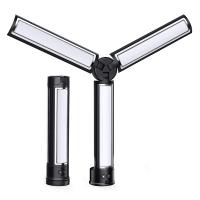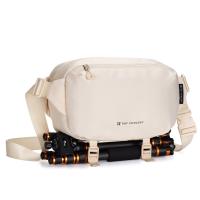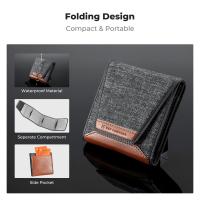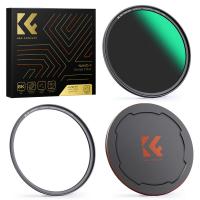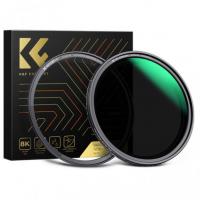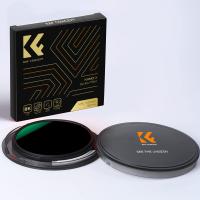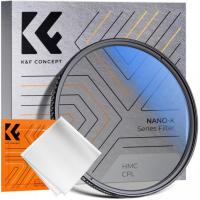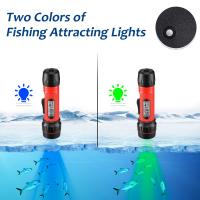Star Lens Filters: Unleashing the Starburst Effect
2024-09-06 09:26:32
Star lens filters are special effect filters popularized for transforming the lights of buildings, street lamps, and signs into starbursts, creating an enchanting effect. Are you curious about how it happens, and how to make the same effect for your photograph work, as a photography enthusiast, I'll share my experiences and insights on how these filters can unleash the starburst effect and take your photos to a whole new level.
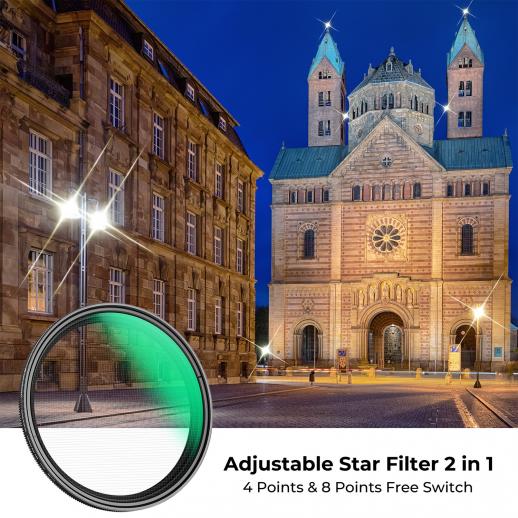
Unveiling the Secrets of Star Lens Filters
What are star lens filters?
A star effect lens filter is a special type of camera filter designed to create a starburst effect from points of light in an image. The filter has finely etched lines or grids that diffract light, causing bright light sources to appear as radiating stars. This effect is most prominent when photographing small, concentrated points of light, such as street lamps, the sun, or reflections off shiny surfaces.
How Does Star Filter Create the Starburst Effect?
People may wonder how the star effect lens filter realizes the starburst exactly, let me explain it to you. It could be divided into three steps:
Light Diffraction:
When light passes through the etched lines or grooves on the filter, it is split and scattered in various directions. This process is known as diffraction. The etched lines act as tiny prisms that bend the light, causing it to spread out.
Radiating Star Patterns:
The scattered light creates streaks or rays that radiate outward from the light source, giving it a star-like appearance. These rays form around bright light sources such as streetlights, car headlights, or sunlight, producing the characteristic "starburst" effect.
Intensity and Size of the Starburst:
The light source's brightness and intensity affect the starburst effect's strength. Stronger, more focused light sources (like a streetlight at night) will produce more pronounced starbursts, while softer or diffuse light will generate a subtler effect.
The aperture setting on your camera also influences the starburst size. A smaller aperture (larger f-number, like f/16 or f/22) can enhance the effect by sharpening the diffraction patterns.
Available types of star lens filters:
Star lens filters come in various types, distinguished by the number of points or rays they create in the starburst effect. The number of points corresponds to the number of etched lines on the filter, which diffract the light into the characteristic star shapes.
Here are the most common types including 4-point, 6-point, 8-point, etc:
| 4-Point Star Filter | 6-Point Star Filter | 8-Point Star Filter | |
| Effect: | Creates a starburst with four rays extending from the light source, arranged in a cross-like pattern. | Produces six evenly spaced rays around a bright light source, creating a more dynamic and pronounced effect. | Generates eight strong rays, making light sources appear larger and more dramatic. |
| Best Used For: | Subtle and minimal starburst effects. Ideal for night photography where you want a softer enhancement of light sources like streetlights or candles. | Cityscapes, nighttime photography, and reflective surfaces. The 6-point filter adds more complexity than a 4-point, while still maintaining a balanced visual effect. | High-impact photography, such as outdoor night scenes, holiday lights, or any situation where you want to add a striking, radiant effect. The 8-point filter is great for creating eye-catching images in both natural and artificial light. |
Examples of Stunning Photos with Starburst Effect
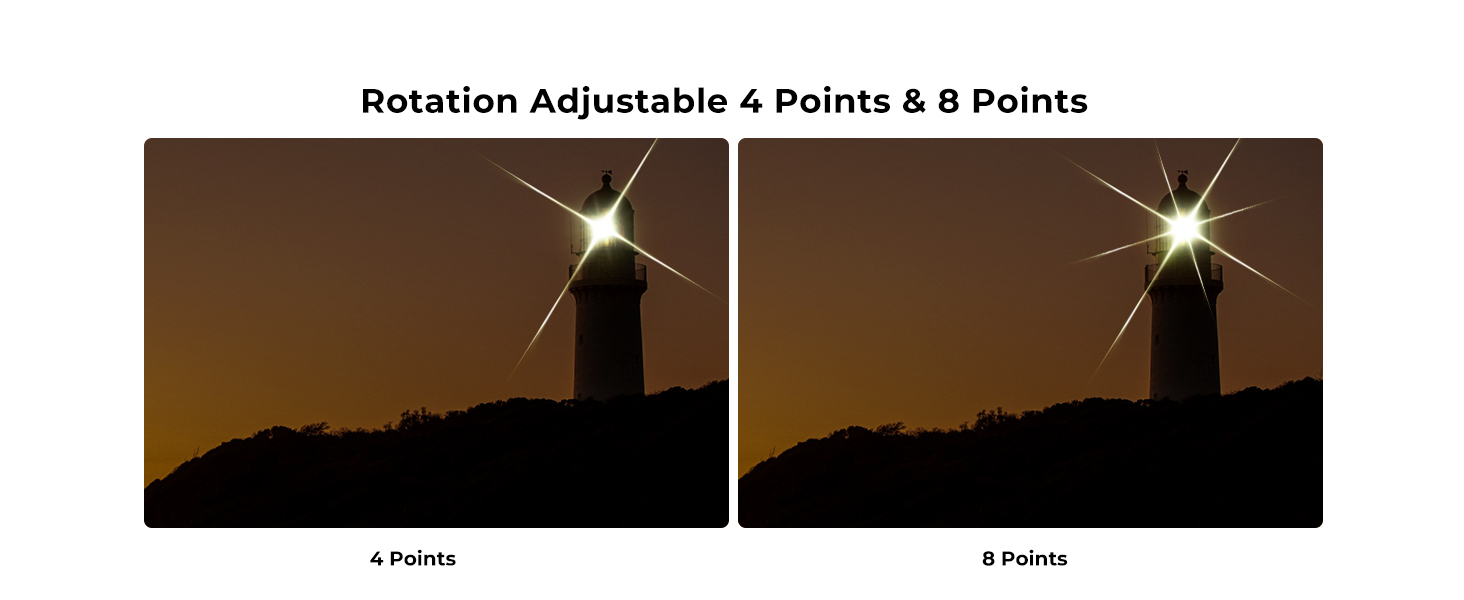
In summary, star flare lens filters range from 4-point to 12-point varieties, with each type offering a unique level of complexity and dramatic effect. The choice of filter depends on the intended intensity of the starburst and the nature of the light in the scene.
When to Use Star Lens Filters
Starburst effect photos are striking, but you need to use the camera lens star filter at the right moment! The best subjects for starburst photography are those that feature bright, concentrated light points or reflective surfaces.
Here are some ideal subjects to bring out the starburst effect:
- Buildings and Architecture;
- Water Reflections;
- Holiday Lights and Decorations;
- Streetlights and Headlights;
- Sunlight and Moonlight;
- Fireworks;
Examples of Scenarios:
City Night Scenes, Sunset Reflections on Water, Holiday Decorations;
How to Use Star Lens Filters Effectively
- Attach the star lens filter to your lens.
- Choose your bright, focused light sources (e.g., streetlights).
- Use a small aperture (f/8 to f/16) to enhance the starburst effect.
- Manually focus on the light source for clarity.
- Compose with a few light points for impact.
Recommended Star Filters for Starburst Photography
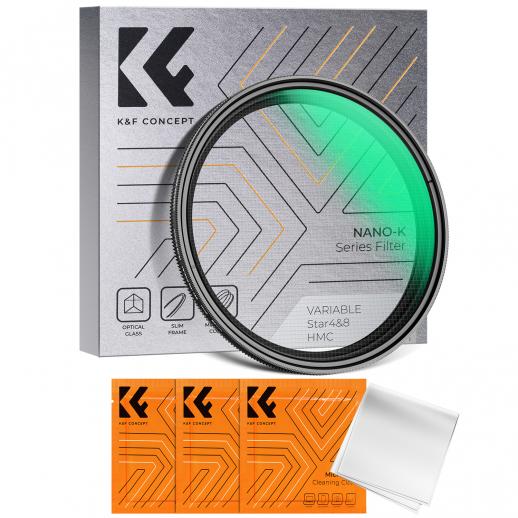
- K&F Concept Advanced Coating Guarantees Clear & Fancy Star Effects;
- Free Switch Between 4 Point & 8 Point Star;
- Premium Optical Glass for Pure Starlight;
- Robust Aluminum Alloy Construction;
Common Mistakes to Avoid When Using Star Lens Filters
- Overexposure: Too much light can wash out the starburst effect. Use proper exposure settings to avoid blown-out highlights.
- Too Many Light Sources: Overcrowding with light points can clutter your image. Focus on a few key lights for a cleaner composition.
- Wrong Aperture: Using a wide aperture (e.g., f/2.8) can diminish the starburst effect. Opt for a smaller aperture (e.g., f/8 to f/16).
- Ignoring Lens Flare: Star effect lens filters can amplify lens flare, so use a lens hood and adjust angles to minimize unwanted glare.
- Improper Focus: Failing to focus sharply on the light source can result in blurry or soft starbursts. Use manual focus when necessary.
- Shooting in Diffuse Light: The starburst effect is less noticeable in soft, diffuse light. Prioritize small, concentrated light sources like streetlights or sunlight.
Conclusion
Experimenting with star flare lens filters opens up endless creative possibilities in your photography. Don’t hesitate to try them in different scenarios—night cityscapes, holiday lights, sunsets over water, or even streetlights on a rainy night. Each scene reacts uniquely, giving you the chance to explore new angles and effects. Every shot becomes an opportunity to turn ordinary light sources into stunning visual art. The more you experiment, the more you'll discover how light can transform your compositions into magical, dynamic images!








